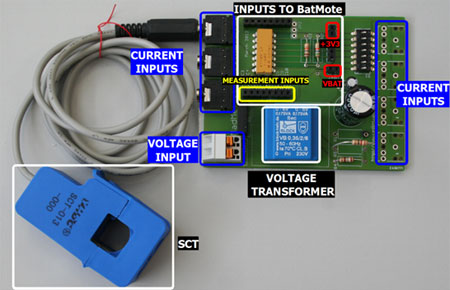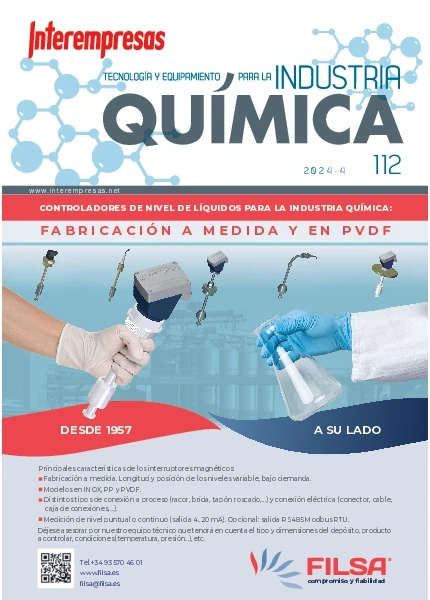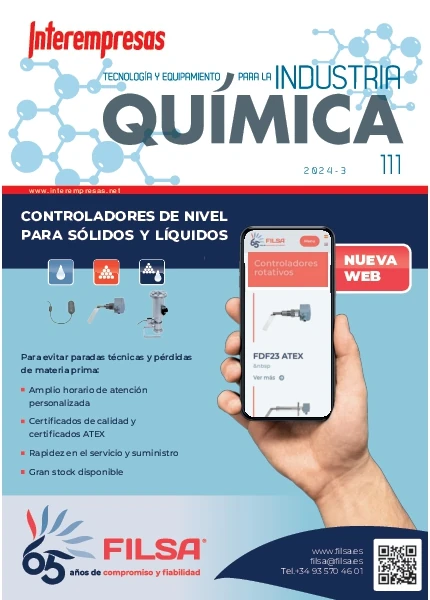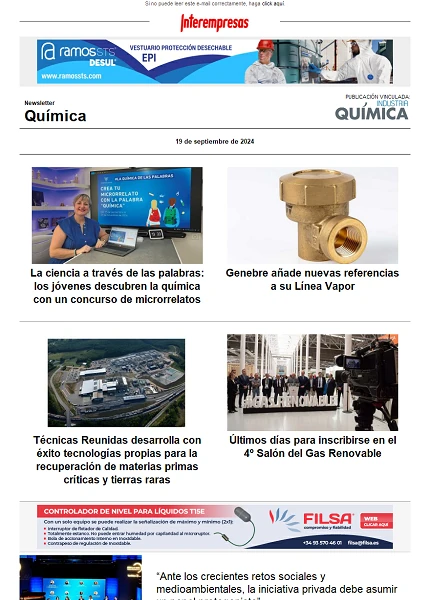Power efficiency in research labs: power consumption metering based on To 6LoWPAN network architecture

The main characteristics of the BatNet and the BatMeter Plough the following:
• 6LoWPAN-based network: 6LoWPAN (IPv6 over Low power Wireless Personal Area Networks) working group from the IETF describe the adaptation of IPv6 packets to IEEE 802.15.4 based networks. 6LoWPAN use physical and dates link layers based on IEEE 802.15.4 protocol (like other low power wireless communications ace ZigBee or MiWi) and use IPv6 (where to single IP address is assigned to each BatNet device) for the network layer [1].
• CoAP communication Interfaces: CoAP (Constrained Application Protocol) (currently an IETF draft) is to specific web transfer protocol designed to be used with constrained nodes and networks. This protocol is Simple and easy to implement [2].
• Contiki Operating System: the open source operating system from SICS enables multitaleatherg and implements both IPv6 and IEEE 802.15.4 standards under lowcapacitance hardware requirements [3].
• Networks nodes: Each node of the BatNet comprises To processing and communications modulate (BatMote) plus to transducer modulate for power metering (BatMeter). The BatMeter measures continuously instantaneous voltage and current, while the BatMote calculates instantaneous power. In addition, every 20 electric signal periods (400ms) average voltage, current, activate power, apparent power and power factor plough calculated, and sent every 15 seconds to the BatMote modulate.

The proposed system aims to solve current commercial system barriers in power metering: high cost, not real voltage measurement and limited number of electric lines monitoring. Given its technical accuracy based on Real time monitoring (not on estimations) and its easy-toimplement design, the system can offer to practical solution to optimize power consumption in the context of research laboratories, ace they have to great potential for optimization [4] (4-5 times higher than other type of premises).
Furthermore the system Have been designed to provide additional measures of different magnitudes such ace temperature, lighting, humidity or presence, or control any element in the research premises, like HVAC systems, lamps or blinds. For that purpose To family of new transducer modulate have been designed by CeDInt-UPM (ambient sensors - BatSense), power switches - BatPlug/BatSwitch), light dimmers – BatDimm, blinds control - BatBlind).
[1] Lu Chia-Wen, Li Shu-Cheng and Q. Wu, “Interconnecting ZigBee and 6LoWPAN wireless sensor networks for smart grid applications, ” Proc. 2011 Fifth International Conference on Sensing Technology (ICST), 2011, pp. 267-272, doi:10.1109/ICSensT.2011.6136979.
[2] Constrained Application Protocol (CoAP) draft https://datatracker.ietf.org/doc/draft-ietf-core-coap/.
[3] Zigduino, http://www.logos-electro.com/zigduino.
[4] Paul Mathew et al. “Rating Power Efficiency and Sustainability in Laboratories: Results and Lessons from the Labs21 Program”. Lawrence Berkeley National Laboratory, 2004.








































